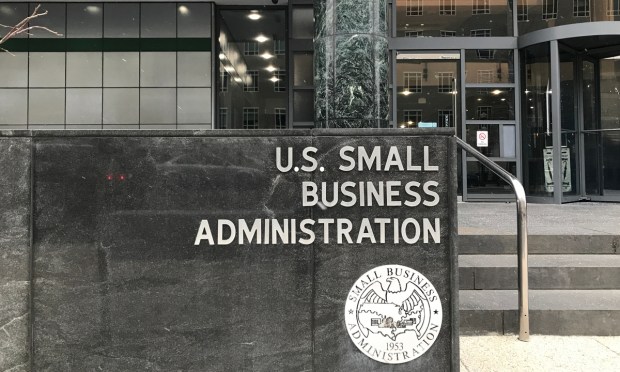SBA to Debut Changes to Boost Small Business Access to Credit

Sweeping changes to the federal program for small business lending will begin taking effect Tuesday (Aug. 1).
Among the upcoming changes are simplified loan requirements, more widespread automation and an expansion of the number of nonbank lenders that are licensed to issue Small Business Administration (SBA) loans, The Wall Street Journal (WSJ) reported Monday (July 31).
“These are the most sweeping changes I have seen in my 40-year career,” Tony Wilkinson, CEO of the National Association of Government Guaranteed Lenders (NAGGL), said in the report.
With this makeover of the federal program, the SBA is seeking to boost credit to small businesses that have struggled to get financing, according to the report. Although banks generally favor bigger commercial borrowers, SBA officials hope to level the playing field for small businesses, allowing them to take advantage of the benefits of an SBA loan.
During the most recent fiscal year, $8 billion worth of potential loans went unused, the report said. While the SBA is authorized to guarantee up to $34 billion in loans each year, lenders issued $26 billion of these loans during the year.
Beyond that, while thousands of financial institutions are already able to make SBA loans, about 100 account for 70% of the lending that is actually done, per the report.
The updated lending program aims to make access to capital for small businesses more efficient and cost-effective, according to the report.
At the same time, critics of the changes have said that relaxing requirements and adding lenders increases the risk of defaults, the report said.
In a change already made recently, the SBA said in April that it would begin allowing non-federally chartered banks to make SBA loans.
“SBA has determined that certain markets where there are capital market gaps continue to struggle to obtain financing on non-predatory terms,” the SBA said at the time. “Therefore, SBA is lifting the moratorium on licensing new Small Business Lending Companies (SBLC) and creating a new type of SBLC to help bridge this financing gap.”
These changes come at a time when banks are tightening their underwriting standards and expect to continue doing so through at least the rest of the year.

